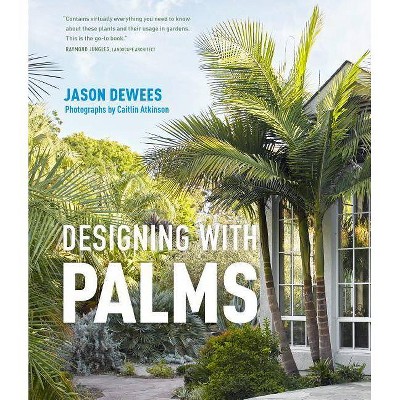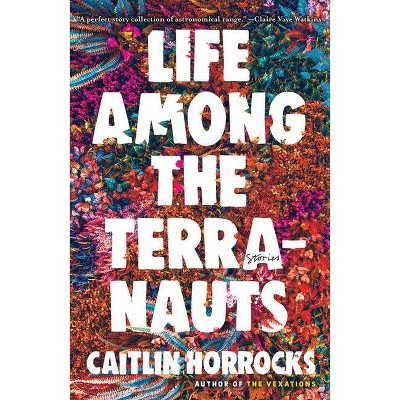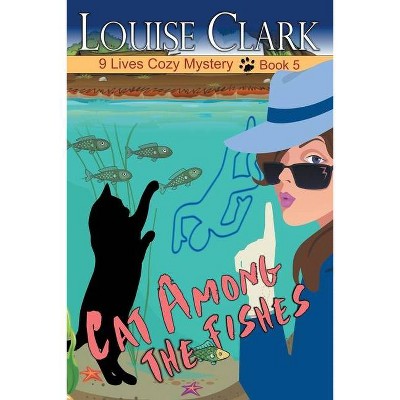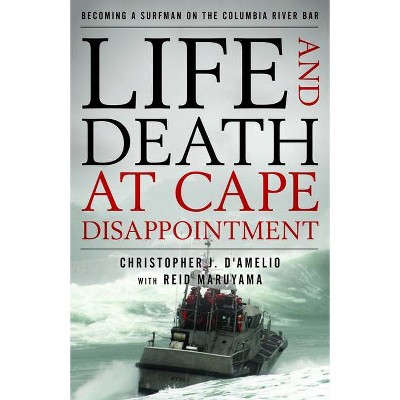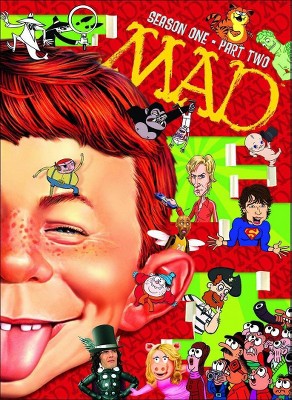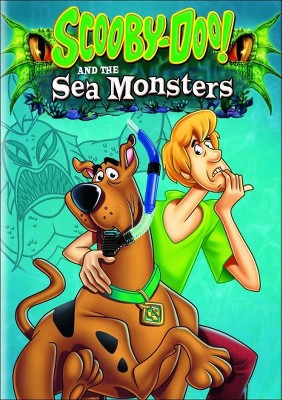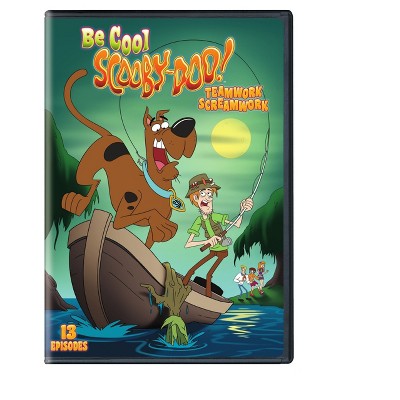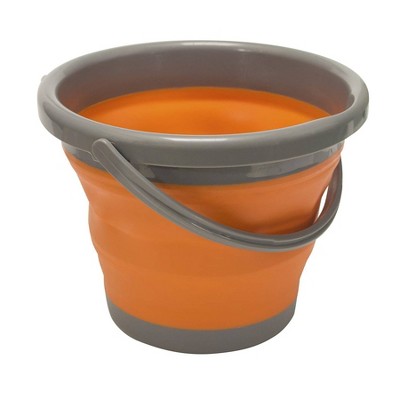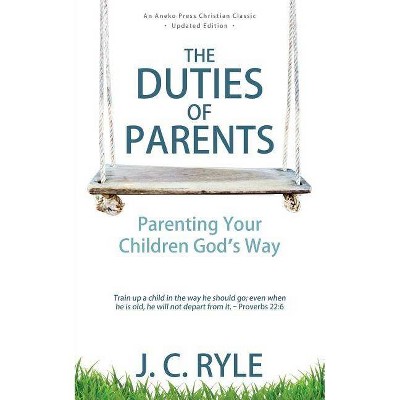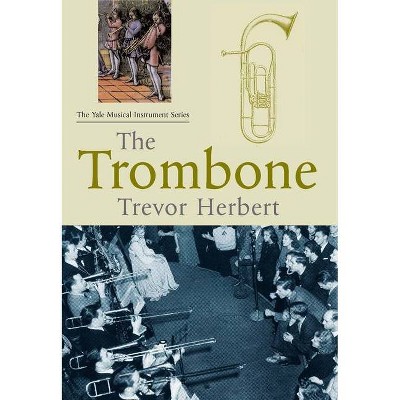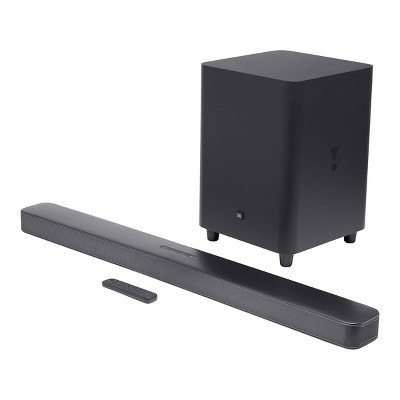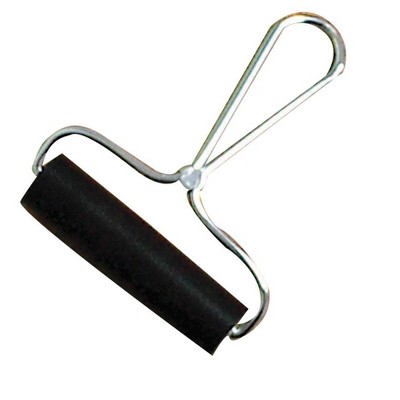A Life Among Fishes - by Christopher M Dewees (Hardcover)
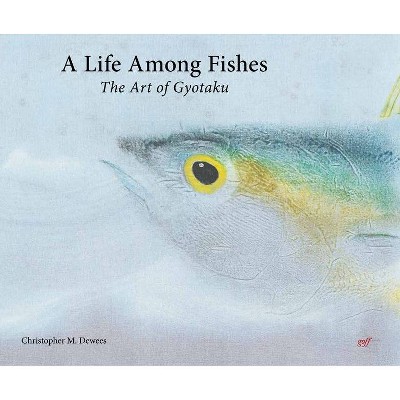
Similar Products
Products of same category from the store
Product info
<p/><br></br><p><b> Book Synopsis </b></p></br></br>A Life Among Fishes explores the lifelong passion of fisheries by scientist and artist Christopher M. Dewees. The book features over 100 of his Japanese fish prints since 1969. Many of these are linked to stories about the journey, and history and information about the art form are also described within. The book presents Dewees? half-century of printing fish and shellfish to full color. We follow his evolution from being exposed and fascinated to gyotaku as a graduate student to his status now as an internationally recognized master in the field. He documents his journey and growth by sharing fifty years of experiences and adventures. In recent years Dewees has focused more on writing stories and poems that are linked to his art.<p/><br></br><p><b> Review Quotes </b></p></br></br><br>A Life Among Fishes, by Christopher Dewees, is a little treasure for the eye and mind. First, it is an autobiographical excursion by a well-known marine biologist sporting a text filled with humor and emotion. However, it is also a discourse and meditation on the history of fish printing and the author's love affair with this puissant art form. Filled with gorgeously reproduced examples of Dr. Dewees' work, this is a truly unique contribution to both science and art.--Milton Love<br><br>Christopher Dewees is a color gyotaku artist who possesses the most wonderful skills and sensibility among all foreign color gyotaku artists with whom I have come to know in my 44 years of (professional) life in the gyotaku arts field. He (Christopher) came to my studio which was located all the way in Japan, to learn the color gyotaku art works practiced at the highest of skill levels. I am (very) proud of the fact that he and I continue in our friendship, travelling together to various NPS workshop sites in the US and elsewhere, teaching and learning from each other. Two years ago, I gave Christopher the (professional) title of「Gin-kei (銀鮭 = Silver Salmon)」. Drawing out the maximal effects of intrinsic characteristics found in "Dragon Ink," which I developed myself, he continues to create works, through the application of indirect method, in which he depicts the "feeling" of the subject fish by drawing its eyes as if it is still alive. In all his Gyotaku works, viewers can conjure stories about the subject fish while it was still alive. He never brushes up the completed gyotaku work once it is completed. I have high respect for his posture toward the naturalness of the subject fish. I think we can call this book of his as "Bible in the Gyotaku Art" that would surely move all gyotaku artists world-wide. Mineo Ryuka Yamamoto Master Gyotaku Printmaker President, International Fish Print Studio Higashimatsuyama, Saitama 355-0028 Japan--Mineo Ryuka Yamamoto<br><br>Reviewed by Peter B. Moyle, Department of Wildlife, Fish and Conservation Biology, University of California, Davis 95616 pbmoyle@ucdavis.edu Gyotaku, or fish printing, is a familiar art form to fish biologists. Many of our offices have prints, ranging from crude to exquisite, on the walls. Fish printing stations for kids are common on public visitation days to labs, with each kid bringing home a messy souvenir print. We like fish prints because of their realism and because fish are intrinsically beautiful, with diverse shapes and colors. Their simple subject matter makes them so accessible we think "I can do that!" until we actually try creating a print that adequately shows something other than a dead fish. That is when we realize that gyotaku is in fact a genuine art form. The best prints come from skilled artists whose work reflects the beauty and mystique of living fish. Such prints are aesthetically pleasing and are more of an abstraction of a fish than a copy. Artists who can make such prints are rare. One of the masters of fishing printing in North America is Christopher Dewees, whose work represents the fusion of a long career working with marine fishes and a long career as a fish printer. He knows his fish and this knowledge is reflected in the prints, which can seem alive. Fortunately, Dewees loves sharing his knowledge of fish and fish printing, a product of his work as a Sea Grant extension specialist. This book therefore is more than just a collection of his prints. It is also a how-to-do-it guide, a history of the art form, an autobiography, and a wonderful collection of anecdotes from Dewees' international travel as a fisheries biologist, fish printer, and angler. A word of warning: I am not an unbiased reviewer: I have been his colleague at UC Davis since 1972. The hundred or so prints in the book are, of course, its centerpiece. There are gyotaku from all over the world, printed with both the direct and indirect methods. Dewees has the courage so show both his early and late works, which show his growth as an artist. Aesthetically, his best works, from my perspective, are recent gyotaku of such fish as Flyingfish, Emerald Parrotfish, Atlantic Spadefish, Mangrove Snapper, and Dorado, although the prints of octopus, shrimp, and crabs are also interesting and colorful abstractions. Most of the fish that Dewees prints are fresh, which enables him to catch their subtle colors, but also allows him to eat the subject once he has finished printing it. One of his stories is about a special dinner being delayed because he had not finished printing the main course. Dewees' prints reflect his fishy sense of humor (e.g. a composition of Lingcod called "Temple of the Cods") and his willingness to experiment, such as creating a print of a "fossil" fish using fish bones and a sturgeon tail. It might be worth a trip to Alaska to see his print of a 265 pound Halibut, a good example of why gyotaku was invented, to record big catches of fish. But he also likes small fish and I was intrigued by the prints of deepsea fishes obtained from the stomachs of tuna. While the prints are the centerpiece of the book, the text links them together with entertaining anecdotes and photos. Anecdotes include Dewees observing, as a child, whale carcasses being towed to a processing station in San Francisco and of not seeing whales while fishing off shore. 50 years later, the whales are present in abundance: an unusually positive story these days. The book ends first with over 50 prints from California and New Zealand and then winds down with "other uses of Gyotaku" including t-shirts, scarfs, lampshades and wine labels. I am sure more people have seen fish prints on t-shirts than they have in art galleries and I assume that any exposure to this marvelous art form is good. So buy this book and enjoy it, even if you are not strangely attracted to fish. You will love the art and enjoy the text.--Peter Moyle<br><br>Gyotaku, imprints of fishes, found its roots in a Japanese tradition born in the middle of the 19th century. It consists in inking the catch of the fisherman, applying it to a piece of cloth or paper before even mentioning the name of the fish, its size, the place, the date and who caught it. These black and white Gyotaku still adorn the windows of fishing supplies stores. The magnificent book of C.M. Dewees, which describes this method, called "direct," retraced the history of Gyotakus, the evolution of the techniques and the methods as well as the impact of this tradition in the West, giving us a look at the magnificent works of the author. This Californian became a master and an international reference just like the great Japanese masters. Each picture of the works of Chris Dewees comes with an anecdote which allows us to travel from Chile to New Zealand, from California to Japan for the last 50 years. The poems of the author enrich this book and open the doors of a novel universe where the memories feed the imaginary world. Scientist? Painter? Poet? Christopher Dewees is all of them at once and the reading of his book, which will quickly be a reference, is to be put in the hands of the scholar as well as the children...of all ages. Dr Daniel Pardo CNRS ( Centre National de la Recherche Scientifique) MNHN ( Museum National d'Histoire Naturelle)--Dr. Daniel Pardo<br>
Price History
Cheapest price in the interval: 38.49 on November 8, 2021
Most expensive price in the interval: 44.99 on October 27, 2021
Price Archive shows prices from various stores, lets you see history and find the cheapest. There is no actual sale on the website. For all support, inquiry and suggestion messages communication@pricearchive.us

